Business Cards in a Digital World
While digital networking grows, there's still a place for traditional business cards. Learn how they complement modern methods in professional exchanges.

In an age dominated by digital communication, the humble business card remains a surprisingly resilient tool for professionals.
Despite advances in technology that allow for instantaneous, peer-to-peer data exchanges, the simplicity and tangibility of business cards offer unique advantages that digital methods have yet to surpass entirely.
This article explores the evolution of business cards from their aristocratic origins to their current role in the professional world, alongside a personal experiment with digital alternatives that strive to blend the best of both worlds.
The Aristocratic Beginnings and Evolution into Business Essentials
The history of business cards can be traced back to 17th-century Europe, where they began as "visiting cards" used by the aristocracy to announce their arrival to their hosts.
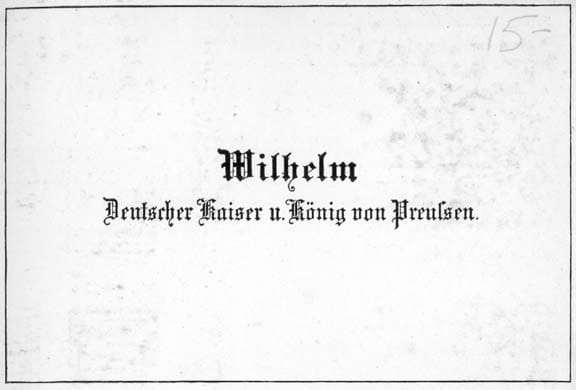
These cards were a symbol of etiquette and social status, often elaborately designed with the cardholder's coat of arms.
As commerce and trade flourished, the visiting card evolved into the business card, serving a more pragmatic purpose. By the 19th century, business cards had become an indispensable tool for professionals and tradespeople to share their contact information and advertise their services.
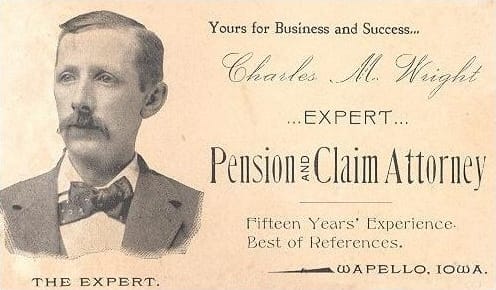
This transformation from a social custom to a business necessity underscores the adaptability of business cards to the changing landscapes of communication and commerce.
Despite the digital revolution, they have maintained their relevance by offering a personal touch in professional interactions—a tangible reminder of a meeting or conversation.
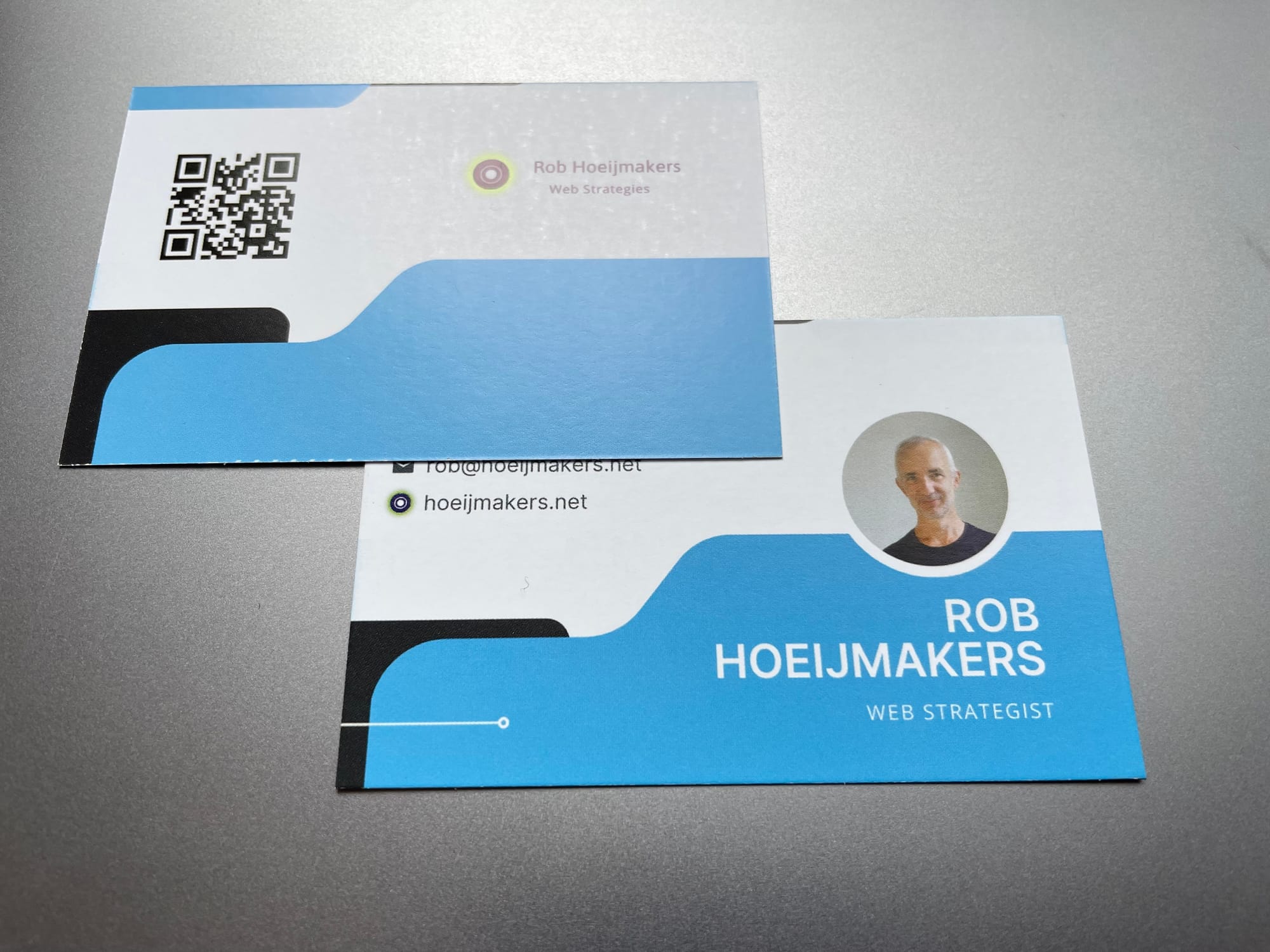
Bridging the Gap: Experiments with Digital Alternatives
Recognizing the limitations of traditional business cards in a world where real-time, peer-to-peer data exchange is still a challenge, and so I explored digital alternatives that could complement or even replace the physical business card.
My experimentation focused on QR tags for their platform independence and ability to function without a network connection.
One of the first platforms I considered was LinkedIn. Despite its widespread adoption among professionals, I discovered that accessing the QR code for sharing contact information was not as intuitive as it could be, buried within the application's search function.
Moreover, LinkedIn's ubiquity does not equate to universality, and the platform's networking nature may deter some from connecting purely for contact exchange.
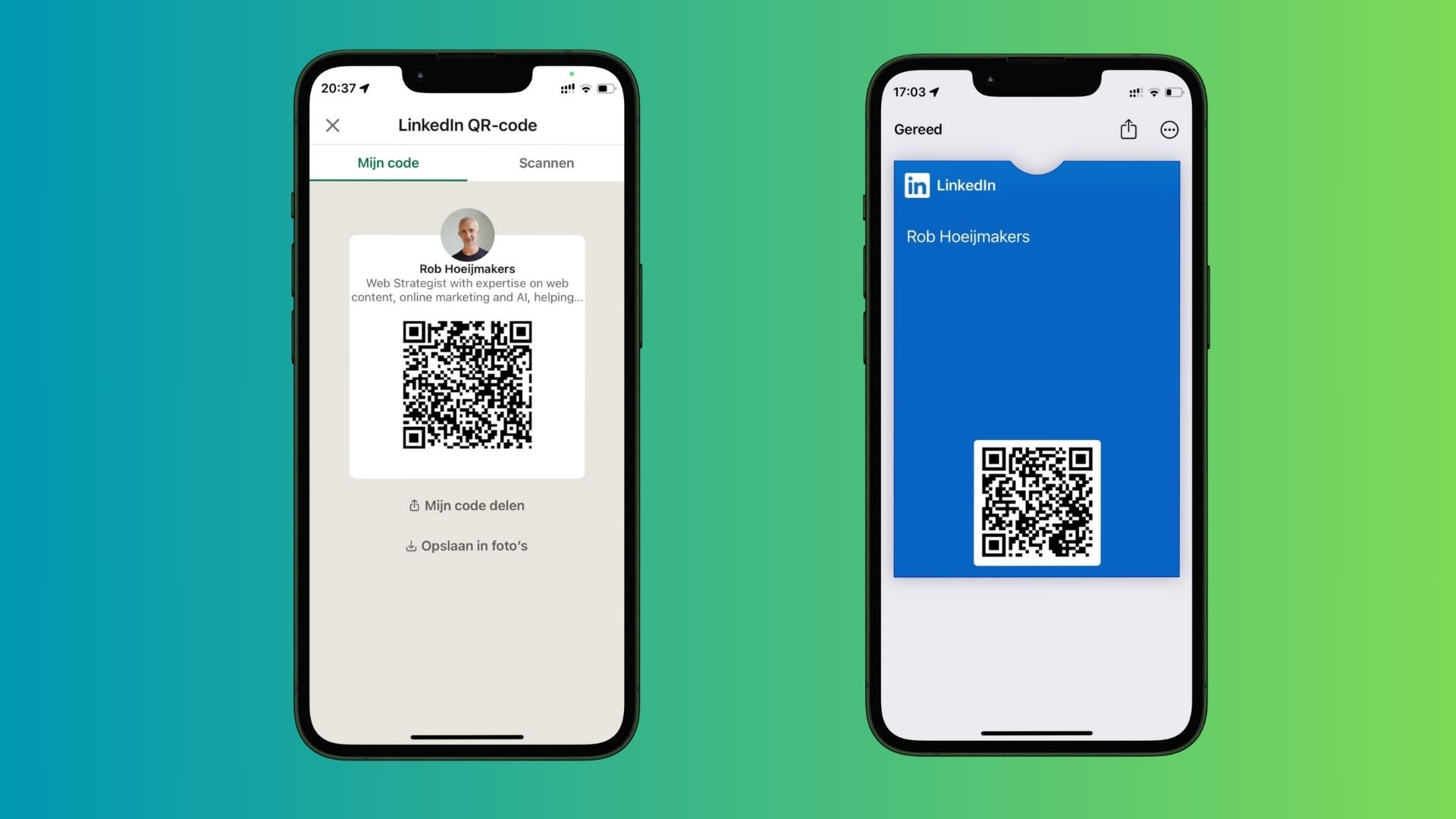
A Novel Approach: The Apple Wallet Business Card
Seeking a more accessible and pressure-resistant solution, I turned to the Apple Wallet—a logical counterpart for business cards in the digital realm.
My approach involved a two-step process:
- Creating a Digital Data Card (VCF): I generated a VCF file containing my contact details and encoded it into a QR code.
- Designing a Wallet Item: I formatted this QR code into a wallet item, creating a visually appealing and branded digital business card (via Wallet Creator).
This method allows for the seamless sharing of contact information by presenting a branded wallet item, complete with a QR code. To accommodate different preferences, I also created a variant with my LinkedIn QR code.
This dual-option strategy ensures that I'm prepared for various networking situations, blending the efficiency of digital exchange with the personal touch of traditional methods.
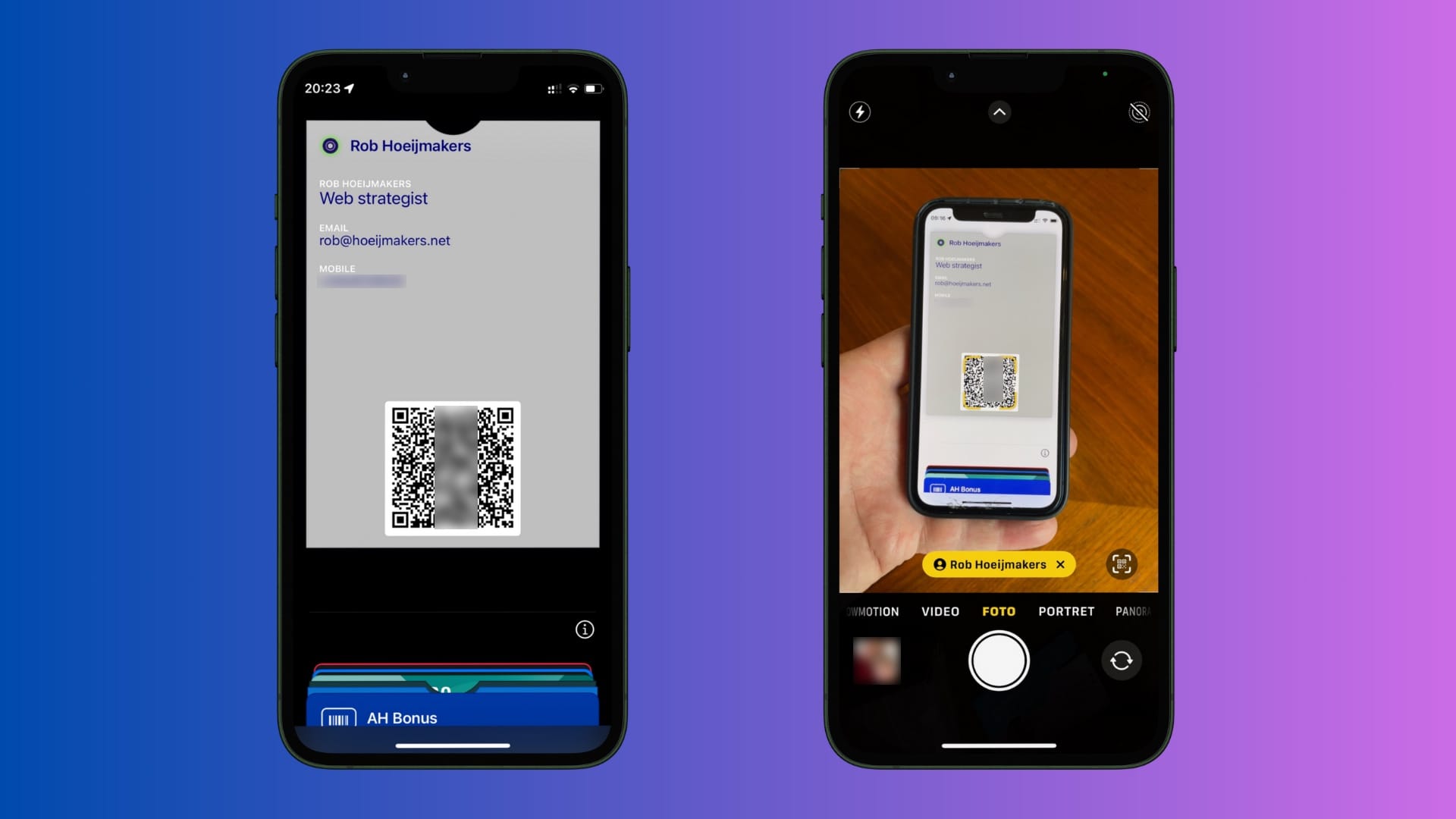
Here, Paul Pschierer describes the whole process in his article:
How to make a digital business card for your Apple Wallet
The Undeniable Role of Paper Business Cards
Despite these digital innovations, I acknowledge the enduring value of paper business cards. They serve as a fail-safe option, unaffected by technological barriers or personal preferences towards digital platforms. Their simplicity, immediacy, and universal accessibility underscore their continued relevance in professional settings.
The paper cards nowadays are affordable, handy, fail safe. I designed my card with Canva. And if I don’t use them to share I can always can use it to jot something down.
The digital alternative is probably too functional. And people see mobile phones as a sacred and private place, pushing data into it by QR code might be too pushy for a lot of people. Then the paper card is a better alternative and has a bit more style.
And people see mobile phones as a sacred and private place, and pushing your own data into it with a QR code might be too intrusive for many people. Then the paper card is a better alternative and has a bit more style.
And the functional part of sharing data might be better via e-mail or a LinkedIn request, for example. Then people can decide for themselves whether to include them.



